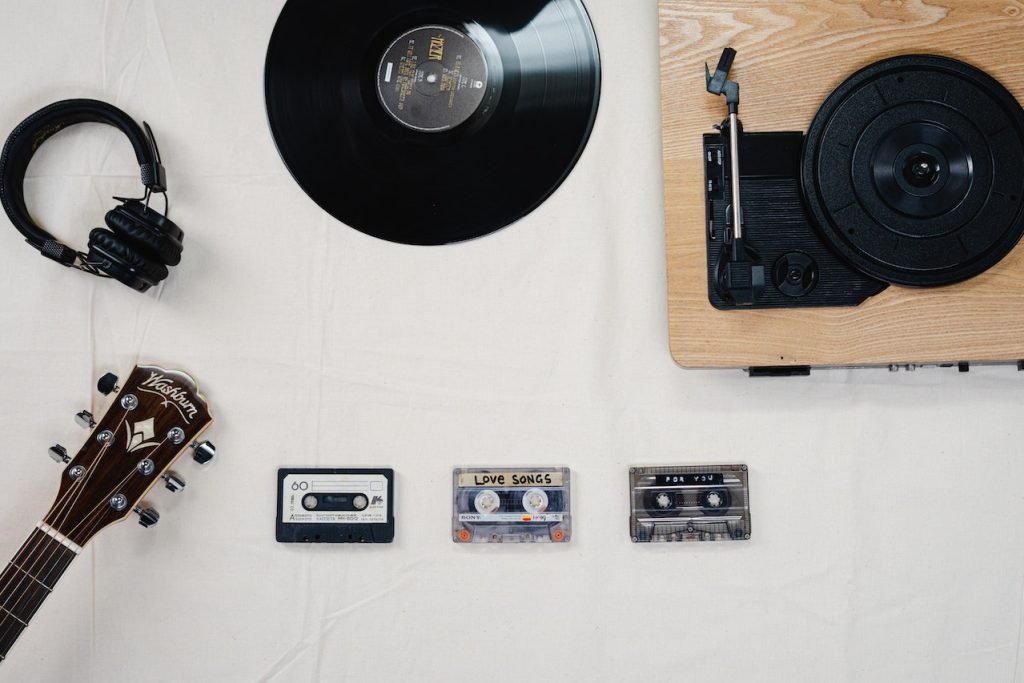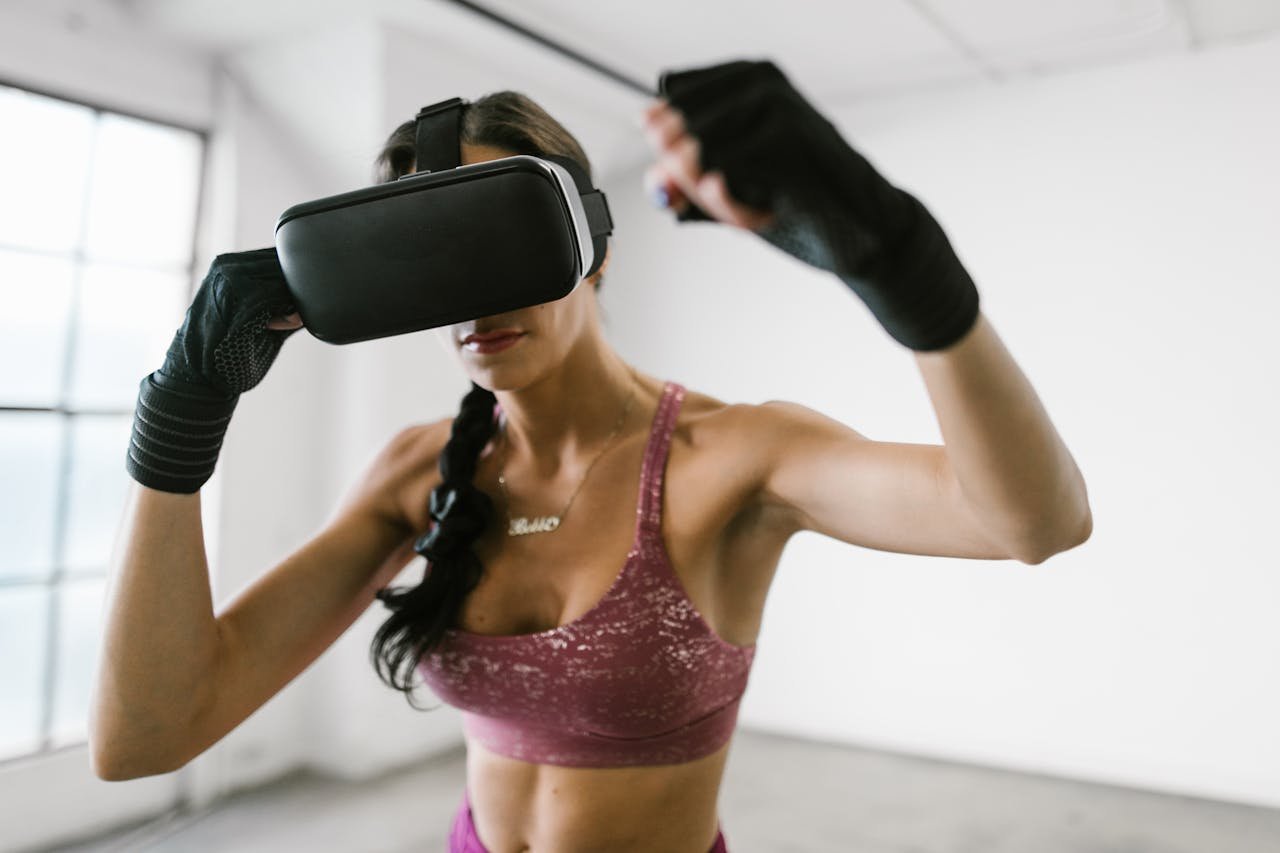Photo by cottonbro studio:
Music has come a long way since the days of vinyl records. With the advent of digital technology, the way we consume and enjoy music has evolved significantly. Today, we have access to an endless selection of music at our fingertips, thanks to music streaming services like Spotify and Apple Music. But how did we get here? Let’s take a look at the evolution of music, from vinyl to streaming.
Vinyl Records: The Beginning
Vinyl records were the first commercial medium for recorded music. They were introduced in the late 1800s and remained the primary format for music until the introduction of the cassette tape in the 1970s. Vinyl records were popular because of their high sound quality and durability, and they offered a tactile experience that music lovers cherished. Collecting and listening to vinyl records became a popular hobby and a way to express one’s taste in music.
Cassette Tapes: The Portable Option
The introduction of cassette tapes in the 1970s brought a new level of portability to recorded music. Cassettes were smaller and lighter than vinyl records, and they could be played on portable cassette players, making music more accessible on-the-go. The quality of cassettes was not as high as vinyl, but they were still a popular choice for many music lovers.
CDs: The Digital Age Begins
The introduction of compact discs (CDs) in the 1980s marked the beginning of the digital age of music. CDs offered even higher sound quality than vinyl records, and they were more durable and easier to handle than cassette tapes. CDs became the dominant format for music throughout the 1990s and early 2000s, with many music fans building extensive collections of CDs.
MP3s: The Rise of Digital Downloads
The advent of the internet and digital technology in the late 1990s and early 2000s led to the rise of digital music downloads. The MP3 format made it possible to compress music files into a small size, making it easy to download and store large collections of music on computers and portable devices. Services like iTunes and Napster revolutionized the music industry by offering a way for music fans to buy and download music digitally.
Streaming: The Future of Music
Today, music streaming services like Spotify, Apple Music, and Tidal have become the primary way that people consume music. These services offer access to an almost limitless selection of music for a monthly subscription fee. The convenience and accessibility of music streaming have made it the preferred choice for many music lovers. With the rise of smart speakers and voice assistants, streaming music has become even more effortless and seamless.
In Conclusion
The evolution of music from vinyl records to streaming has been a remarkable journey. Each new format has brought with it new possibilities and challenges, and each has played an important role in shaping the music industry. While vinyl records may have a nostalgic appeal, streaming music is undoubtedly the future of music. With new technologies emerging every day, it will be exciting to see what the future holds for music and how we will continue to enjoy it.












